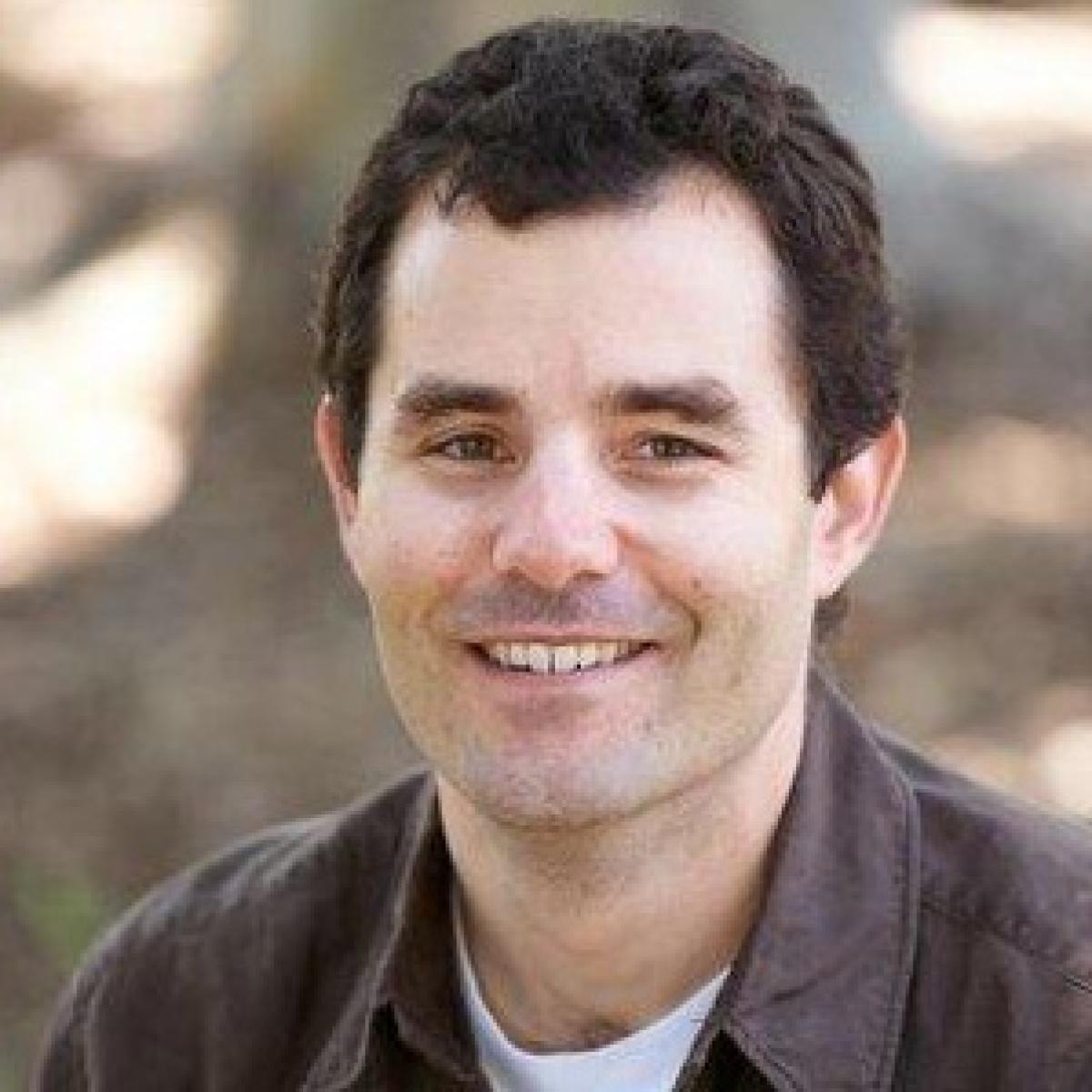David Valentine, Associate Professor of Earth Sciences
SANTA BARBARA, CA — My lab team at UCSB studies the interactions among microbes, and between microbes and the Earth system. Our projects probe the global methane and hydrogen cycles, microbial physiology, and hydrocarbon biogeochemistry, with field sites from the Arctic to southern Chile. Much of our work is carried out in the natural lab just offshore from campus: the Coal Oil Point seep field, which are among the world’s most spectacular marine hydrocarbon seeps.
Together with John Kessler of Texas A&M University I went on one of the first research voyages to study the impact of the Deepwater Horizon oil spill in the Gulf of Mexico. For the voyage we brought several Picarro instruments to analyze water and air samples in near real-time and on a near-continous basis. On the trip we developed an "off-label" use for these tools in tracking the rate at which microbes consume hydrocarbon gases. By seeding hydrocarbon-rich water with small amounts of gas containing elevated levels of traceable stable isotopes, we developed a methodology to track the consumption of select hydrocarbon gases into their natural end product as produced by microbes - meaning, carbon dioxide. What's more, we can do this research aboard a ship in punishing below-decks conditions. Previously, this would have required a bulky and temperamental mass spectrometer and gas chromatograph back on land.
The advantage of being able to perform this research ship-board is that it makes it possible to develop and perfect techniques while at sea and while we can still quickly adjust sampling to optimize experimental results. This flexibilty, on this cruise, enabled us to track the microbe respiration rates on hydrocarbon gases in a manner that would have been otherwise impossible. The knowledge we gained has helped us to design experiments to better label the responsible bacteria with stable isotopes, which will simplify identification and study of these microbes on dry land. We also were able to process thousands time more data using continuous and real-time measurements. This research resulted in a paper published in the journal Science.
